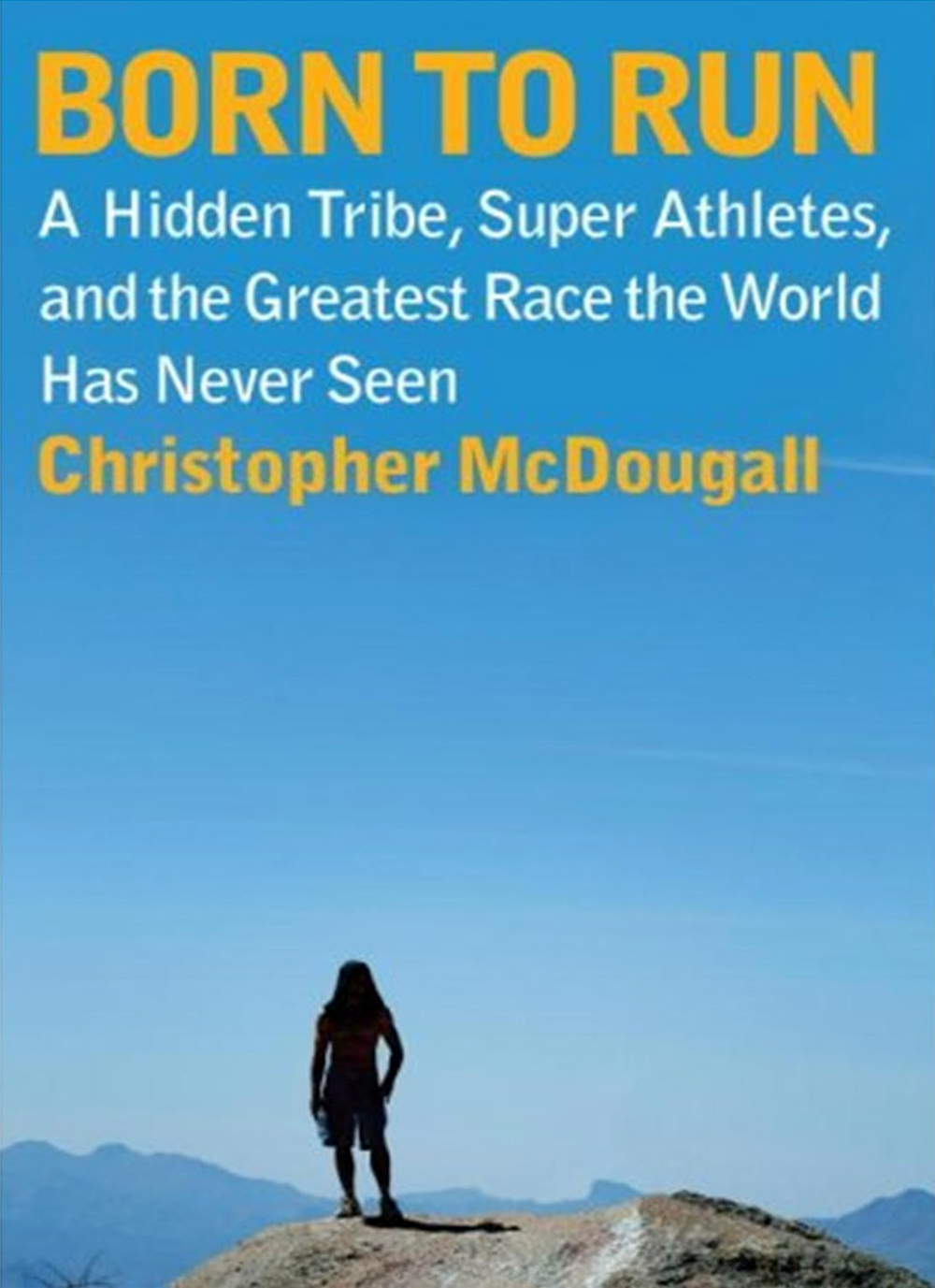“Born to Run: A Hidden Tribe, Superathletes, and the Greatest Race the World Has Never Seen” by Christopher McDougall is not merely a book about running; it is an exhilarating exploration of the human spirit, predicated on the belief that each of us possesses an inherent capacity for endurance. This sweeping narrative invites readers to grasp the philosophy of running as both a primal instinct and a remarkable pursuit of transcendence. Within its pages, one discovers a rich tapestry woven from personal anecdotes, scientific reasoning, and cultural immersion that captivates not just avid runners, but anyone seeking a deeper understanding of what it means to thrive.
At its core, the book unfolds in an engaging narrative format interleaved with captivating storytelling. McDougall introduces us to the Tarahumara, an indigenous tribe from Mexico’s remote Copper Canyons, renowned for their remarkable ability to run incredible distances without apparent exhaustion. Their accomplishments are depicted through visceral and picturesque prose, providing insights into their lifestyle that reveal critical lessons about endurance, community, and the inherent joy of movement. Readers are transported to a world where running is not merely a physical act but an expression of life itself.
In the opening chapters, the author shares his own struggles with running and the disheartening injuries that plague many contemporary athletes. This relatable journey serves as a prelude to the revelations that follow. Readers keenly observe the blossoming of resilience in the face of adversity, which lays the groundwork for discovering the unorthodox training methods embraced by the Tarahumara. By coupling personal reflections with scientific research, McDougall employs an analytical lens that bridges the gap between ancient practices and modern philosophies.
As the narrative unfolds, McDougall delves into the biomechanics of running, meticulously dissecting the staggering array of factors that influence human endurance. He challenges prevailing notions about the necessity of expensive running gear and intricate training regimens, instead advocating for a return to simplicity. Through a series of vivid comparisons, he juxtaposes the Tarahumara’s minimalist approach against the high-tech solutions peddled by the running industry. This evocative dialogue invites readers to reconsider their approach to fitness and the rituals surrounding it.
The book also highlights the concept of the “runner’s high”—an exhilarating experience that many runners claim to feel during prolonged exertion. McDougall takes this scientific phenomenon and intertwines it with storytelling, weaving in the voices of fellow athletes who share their transformative experiences. These accounts are vibrant and multifaceted, revealing how running fosters connection among individuals, igniting camaraderie and forging friendships that transcend the threshold of mere competition.
Furthermore, McDougall doesn’t shy away from exploring the competitive side of running, particularly through the lens of the grueling ultra-marathons that he profiles. He introduces readers to a cast of characters who embody the essence of the sport—a lineup that includes fiercely competitive ultra-runners, quirky personalities, and eccentric race organizers. Each biography serves to enrich the narrative, illustrating how diverse motivations—ranging from the quest for glory to the pursuit of self-discovery—drive these athletes to push their limits beyond the imaginable.
The climactic culmination of the book arrives in the form of an epic race between the Tarahumara and the world-renowned ultra-runners. McDougall meticulously crafts this event, building tension and excitement through the recounting of the preparation, mindset, and unpredictability of the race itself. This thrilling showdown is not simply about winning; it encapsulates a philosophical and cultural clash as nearly disparate worlds converge. Readers are granted exclusive access to the panoramic scenery, the eclectic atmospheres, and the rich emotions that define this remarkable competition.
Thematically, “Born to Run” resonates well beyond the confines of athleticism. It traverses anthropological terrain, posing existential questions about the essence of life and the inherent human connection to nature. The importance of community springs forth as a recurring motif—how running fosters an environment of support and shared experiences, propelling individuals towards collective achievement. The book invites readers to reflect on their own relationship with movement, emphasizing that running can be a metaphor for life itself, where the journey is just as significant as the destination.
Moreover, McDougall’s eloquent prose is studded with vivid imagery that evokes the vibrancy of both the environment and the human experience. The descriptive language paints a portrait of scenic beauty, creating a visceral connection between readers and the landscapes traversed by the Tarahumara. This verdant backdrop serves as a reminder of the sheer joy found in the act of running, urging readers to step outside, embrace the wind in their hair, and take part in a singular pursuit of happiness.
In conclusion, “Born to Run” is a compelling narrative that transcends traditional book reviews. It challenges readers to rethink their approach to endurance, drawing from the wisdom of a tribe that has perfected the art of running over generations. The confluence of personal story, scientific discovery, and cultural exploration makes for an enthralling read, one that beckons both seasoned athletes and curious enthusiasts alike. Running becomes not merely a means of fitness but an exhilarating journey into the heart of existence, a reminder that we are all born to run.
